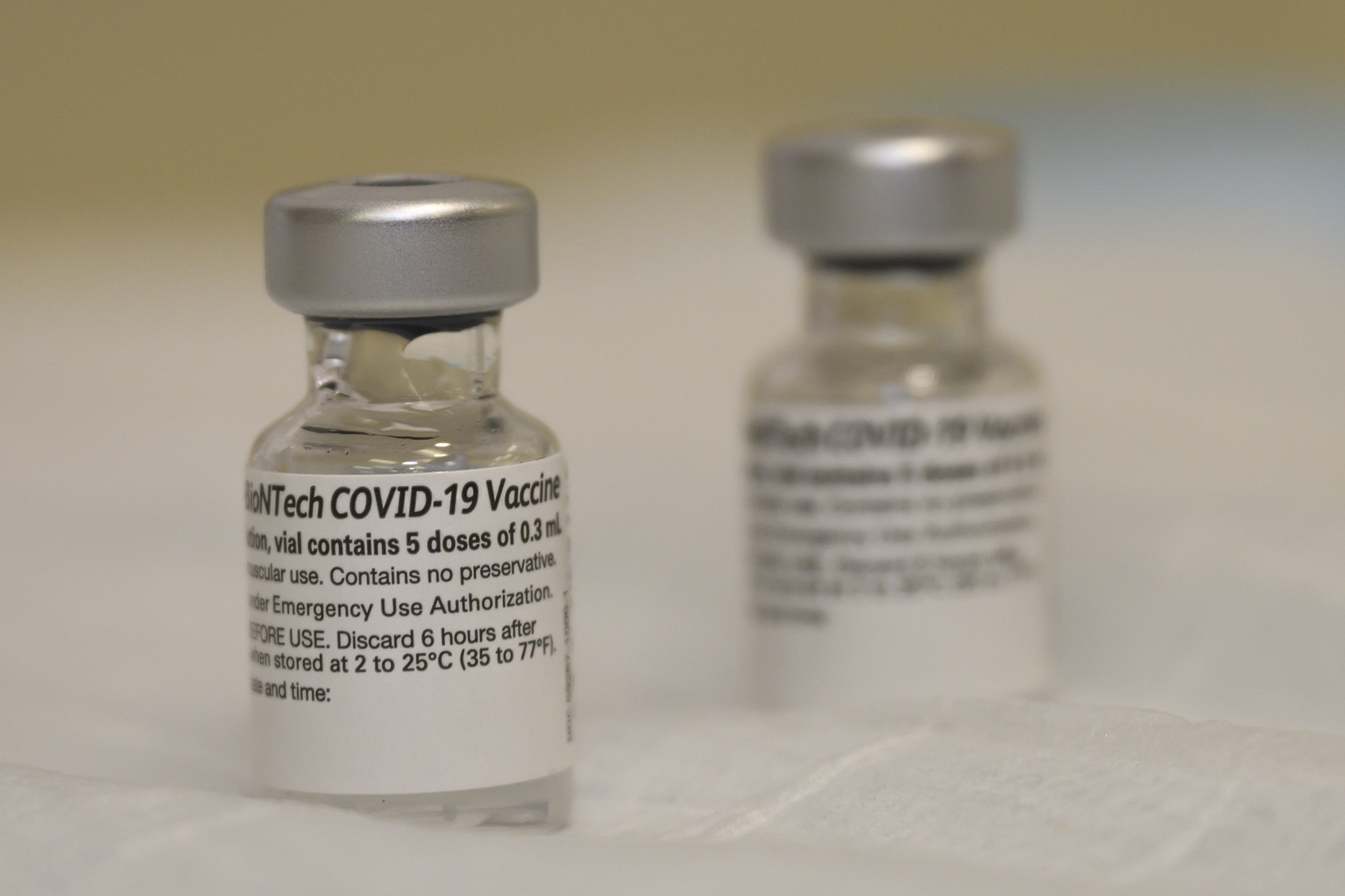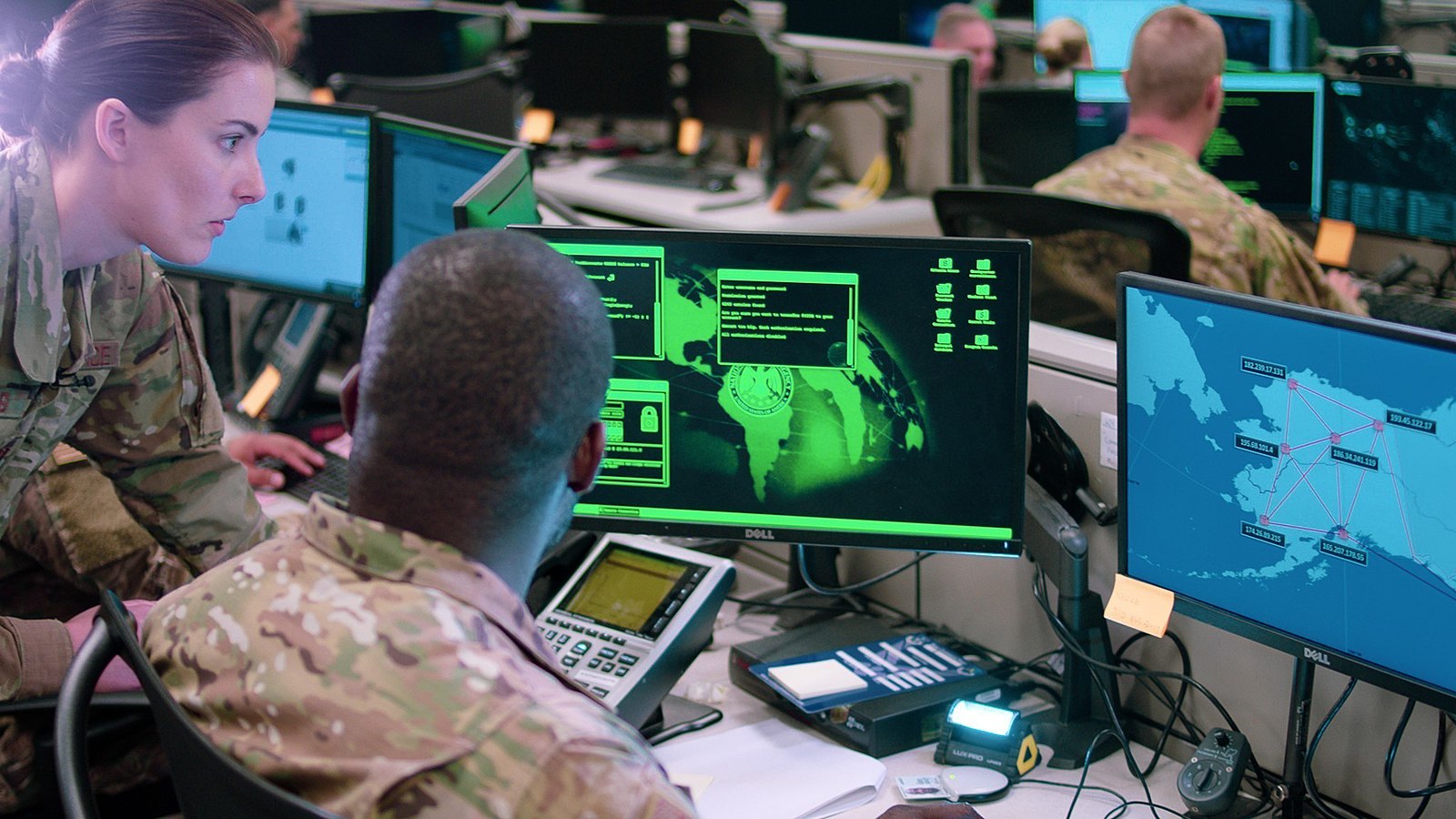In Biotech, the Industry of the Future, the U.S. Is Way Ahead of China
The United States’s track record in responding to the coronavirus pandemic has been awful. Yet the success of its vaccine development efforts shows that when it comes to biotechnology, the U.S. outpaces China and other rivals.

Published by The Lawfare Institute
in Cooperation With

It was supposed to be China’s moment of technological triumph—one that would show the world Beijing had not only conquered the coronavirus but also emerged as a biotechnology superpower. But when clinical data on China’s flagship CoronaVac vaccine finally flowed in, they showed it was barely more than 50 percent effective—just clearing the minimum standard set by the World Health Organization. In contrast, not one but two vaccines developed by U.S. firms have been found to be upward of 95 percent effective, a standard no other country’s vaccines have yet met in rigorous clinical trials. The United States’s overall track record in responding to the pandemic has been awful. Yet the success of its vaccine development efforts shows that when it comes to biotechnology, the industry of the future, the U.S. is way ahead of China and most of its other rivals.
A continuing refrain from Washington in recent years has been that the United States is falling behind China in the development of critical emerging technologies. In some fields, this may be true. But not in biotechnology. To be sure, China’s biotech sector is growing at a torrid pace, and some of its firms are becoming leaders in certain areas, such as cancer treatment. Yet the U.S. retains a dominant position in research, development and commercialization, accounting for almost half of all biotech patents filed from 1999 to 2013. The triumph of its biotechnology industry during the coronavirus pandemic, producing two highly effective vaccines using an entirely new approach based on messenger RNA, and in record time, shows that the U.S.’s competitive edge in biotechnology remains largely intact. And that has important implications as Washington gears up for a sustained period of geopolitical competition with Beijing.
Biotech is such a critical area for technological competition between the U.S. and China because it is transforming fields from medicine to military power. The great advances of the 19th century, like chemical fertilizers, resulted from mastering chemistry. In the 20th century, mastery of physics led to nuclear energy—and, more ominously, nuclear weapons. In the 21st century, biology offers a similar mix of peril and promise. This was illustrated dramatically by the award of the 2020 Nobel Prize for the discovery of an enzyme system known as CRISPR-Cas9, which allows an organism’s genomes to be edited with high precision. It is a transformational breakthrough. But while CRISPR shows great promise in the development of new cures for long-untreatable diseases, it could also lead to a whole new generation of deadly bioweapons.
That’s a prospect that increasingly alarms U.S. intelligence officials. In 2016, then-Director of National Intelligence James Clapper warned Congress that “[r]esearch in genome editing conducted by countries with different regulatory or ethical standards than those of western countries probably increases the risk of the creation of potentially harmful biological agents or products.” Although Clapper didn’t name specific countries, it soon became clear that he was referring mainly to China. Four years later, his successor, John Ratcliffe, issued a far more pointed warning that “China has even conducted human testing on members of the People’s Liberation Army in hope of developing soldiers with biologically enhanced capabilities. There are no ethical boundaries to Beijing’s pursuit of power.” Such capabilities are almost certainly only speculative—but they underscore why biotech leadership is so important for national security as well as economic competitiveness.
Beijing has long envied the United States’s dominant position in biotechnology and spent heavily to overtake it. Biotech has been a priority sector for state investment since the 1980s, and by one estimate Beijing had poured some $100 billion into the sector by 2018. Nowhere did it lavish more attention or invest more of its propaganda power than in developing a coronavirus vaccine. State media have spent months crowing that “China is working around the clock for breakthroughs in COVID-19 vaccines.” Yet despite this push, China’s vaccine program quickly took on a Potemkin air. In February 2020, barely two months after the onset of the pandemic and after a supposedly crash vaccine effort, a military doctor stood in front of a Chinese flag to receive what was billed as an experimental vaccine dose but was widely suspected to be a staged photo op. Now, having spent months talking up its two primary vaccine candidates to developing countries like Brazil and Indonesia, both of which have entered into purchase agreements with Chinese biotech firms, Chinese officials face severe mistrust among their nation’s overseas partners.
For China’s leaders, the disappointing returns on their big bet on biotechnology look likely to cause them more headaches at home as well as abroad—there are already signs that affluent Chinese place more trust in foreign-developed coronavirus vaccines than the homegrown ones produced at such great expense. For U.S. officials, though, China’s relative underperformance in vaccine development presents an opportunity to reassert the United States’s leadership in biotechnology and public health and bolster the nation’s depleted soft power in the process. The Biden administration has already signaled it will reengage in multilateral bodies such as the World Health Organization.
Yet the U.S. shouldn’t stop there. Washington should begin thinking now about how to emulate the success of the President’s Emergency Plan for AIDS Relief (PEPFAR)—which, though imperfect, is widely regarded as one of the most successful single public health interventions in history—to address growing disparities in access to coronavirus vaccines between countries. At the moment, vaccine supplies are controlled largely by rich countries, creating the risk of moral and public health failure if the gap persists. While COVID-19, the respiratory disease caused by the novel coronavirus, differs in many respects from AIDS, PEPFAR combined research, prevention, and access to therapeutics. Developing a comparable institutional structure to close the coronavirus vaccine access gap is the right thing to do—but it would also go a long way to restoring America’s battered global reputation.
At the same time, the United States can’t afford to rest on its laurels in biotechnology, or any other field. Aside from China, other nations like Singapore and Israel have also invested heavily to develop their biotechnology sectors, with Israel in particular giving rise to a thriving biotech industry. U.S. public investment in basic scientific research and development has meanwhile been on the decline for decades, and there are worrying signs that America’s once world-beating innovation ecosystem is less productive, and less entrepreneurial, than it once was. Despite strengths in translational research, moreover, the frontiers of biology increasingly sit at the intersection with other disciplines like computer science, meaning that funding agencies, universities and other organizations need to break down disciplinary silos. Boosting support for biotechnology research, while reforming how that money is used, will go a long way toward shoring up the United States’s leading position in the global biotech sector.
The U.S. biotechnology sector also faces other threats, not least growing espionage and intellectual property theft by foreign actors, especially those linked to China. Several high-profile cases brought by the U.S. Department of Justice’s China Initiative have involved biotechnology researchers, and American biotech firms have been top targets for cyber theft and intrusion. Sustained outreach to researchers and research institutions is critical to preventing such theft. But efforts to clamp down on the threats posed by espionage and intellectual property theft can easily go too far and must preserve the researcher mobility and data-sharing that is essential to doing cutting-edge science.
Beyond its shores, the United States should work with its partners and allies to enhance export controls on dual-use biotechnology—used for both peaceful and military gain—especially DNA templates. Many forms of genetic material and synthetic biology products are already subject to U.S. export controls, but gaps remain, and screening for genetic sequence orders relies primarily on voluntary regulation by biotech firms. Better coordinating export controls among major economies and U.S. allies can dramatically reduce the risk of sophisticated bioweapons development in the decades to come.
When it comes to biotechnology, the industry of the future, the U.S. remains well ahead of its rivals, including China. That’s something Americans can, and should, take pride in. But the U.S. must make proactive investments and undertake significant reforms now to ensure that things stay that way.





